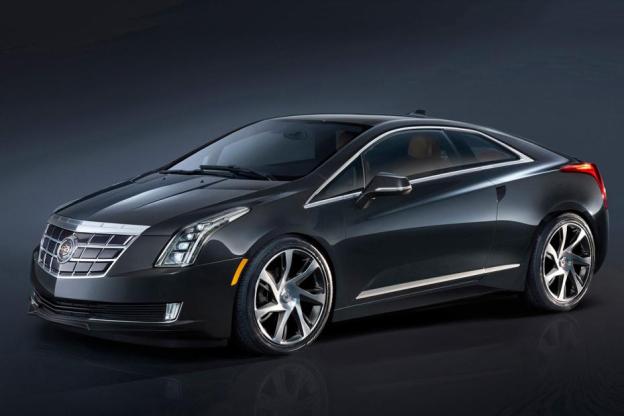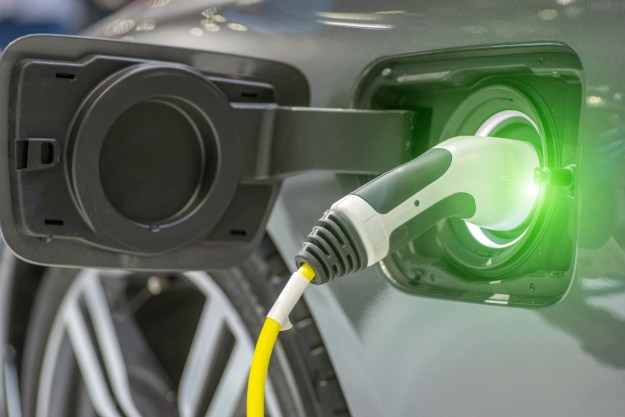 If the Cadillac ELR lives up to all the hype around the technology that’s going into the car, the Tesla Model S might have a serious rival on its hand.
If the Cadillac ELR lives up to all the hype around the technology that’s going into the car, the Tesla Model S might have a serious rival on its hand.
Too early to call? Maybe, but if you consider the strides Cadillac has been making in recent years with vehicles like the award-winning ATS, then I definitely would expect the ELR to play in the same league as the Model S, even as a coupe.
In fact, it seems that just about every other week we are learning about some new high-tech features driving the ELR, ranging from the luxury EV’s range of more than 300 miles, to its energy regenerating paddle shifters.
Most recently, Cadillac has revealed that even the suspension of the Extended Range Electric Vehicle, which goes on sale in early 2014, has been engineered to make better use of energy with advanced suspension and steering systems.
The technologies include front high performance or Hi-Per Strut suspension, rear compound crank with Watt’s link suspension, and electric power and continuous damping control systems made by the high-tech company ZF, according to an official Cadillac press release.
To account for the ELR’s 295 lb-ft. of torque, Cadillac engineers relied on a high performance or “Hi-Per Strut” front suspension to eliminate torque steer and increase the coupe’s front axle grip while cornering.

The HiPer Strut is also said to give the ELR a more precise, linear steering feel while reducing the kind of unwanted steering feedback drivers get on rough and bumpy roads.
In its rear suspension, the ELR uses a Watt’s link design to center the car’s rear axle during turns that is said to give the car greater stiffness when cornering and a more comfortable ride on straight-aways.
ELR’s electric power steering system is designed to save fuel by only consuming energy when the car is actively steered.
A combined electric motor and sensing unit monitors steering angle and assists the steering gear at all times, correcting for crowned road surfaces and cross-winds. They claim this helps reduce driver fatigue.
In the driver-selectable Sport mode, ELR’s steering gear provides increased on-center sharpness and steering sensitivity for more dynamic steering performance. In the more relaxed Tour mode, it allows precise control with less driver steering efforts, notes Cadillac.
The ELR’s continuous damping control monitors sensors throughout the vehicle, vehicle speed and the driver’s input, and adjusts damping accordingly for the car’s 20-inch wheels, down to every two milliseconds for optimal ride control on various road surfaces.

An isolated four-mount front cradle contributes to the ELR’s overall quietness, reducing noise and vibration and improving ride-and-handling dynamics.
Specifically tuned mounts are tailored to the engine’s inherent torque axis, decreasing the transfer of vibration and noise into the cabin.
It doesn’t seem like there is much Cadillac hasn’t covered as it relates to the ELR’s driving dynamics.
Still, the true test of all this technology will not be how the ELR measures up to the Tesla Model S, but how it lives up to the kind of performance that now defines the Cadillac brand as an all-electric vehicle.
Watch it all work in this video from Cadillac:


